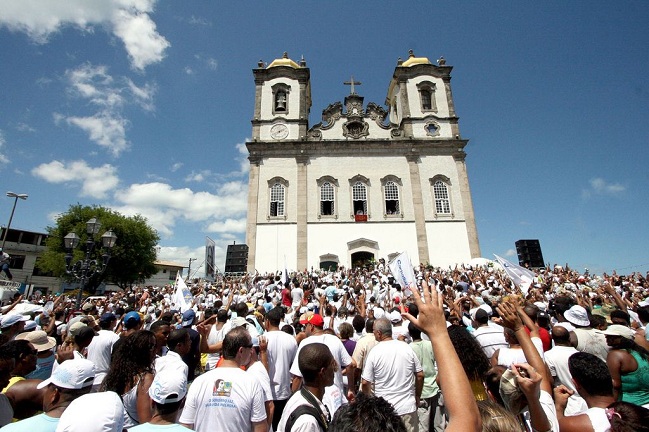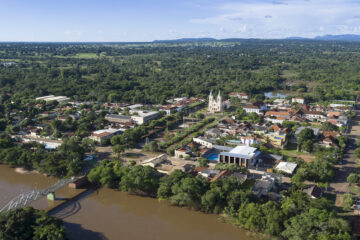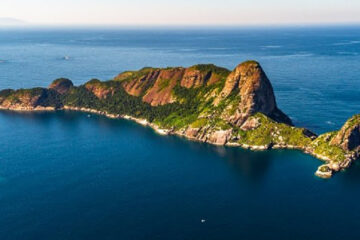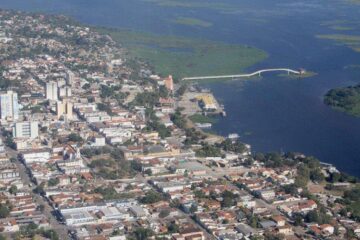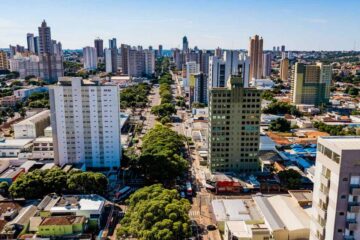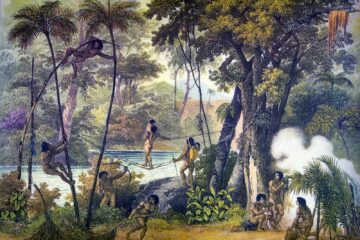Este post também está disponível em:
Português
English
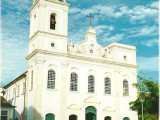
São Pedro dos Clerigos Church located in Terreiro de Jesus, in the heart of the Historical Center of Salvador, a UNESCO World Heritage Site, the monument has been individually listed by IPHAN since 1941 and, due to its importance, has a double inscription in the institution’s tomb books: the History Book and the Fine Arts Book.
Built in the 18th century, the construction license was granted in 1709 by Archbishop D. Sebastião Monteiro da Vida for the building. Sebastião Monteiro da Vida to the members of the Brotherhood of São Pedro dos Clérigos.
Built in stone and brick masonry, it has a floor plan typical of Bahian churches from the early 18th century, with side aisles surmounted by tribunes.
The main façade is in the Rococo style, although it was built in the 19th century, after the heyday of this artistic style.
Video about the Church of São Pedro dos Clérigos in Salvador
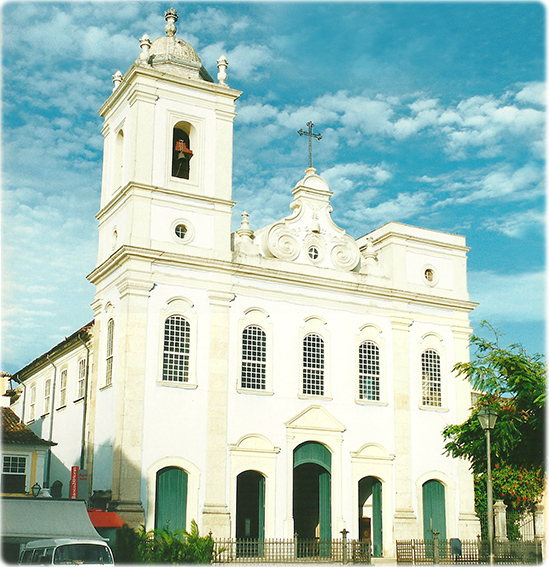
The interior is decorated in a transition between rococo and neo-classical style, as evidenced by the crossing arch and ceiling which are rococo while the altars are neo-classical.
The temple, despite its location in the heart of Salvador’s historic center, was in a precarious state of repair, with collapsed sections of the roof and floors, termite infestation and spread, poor electrical wiring, no fire-fighting equipment and areas unduly occupied by neighbors.
Faced with this situation, in 2009 IPHAN undertook to carry out emergency work on the monument, appointing architect Francisco de Assis Santana to draw up a works plan and budget for the services.
With this information and the resources released by the Ministry of Culture, in October of that year the public tender was launched and in November the service order was issued for the works to begin.
Bahia.ws is the largest tourism and travel guide for Bahia and Salvador
